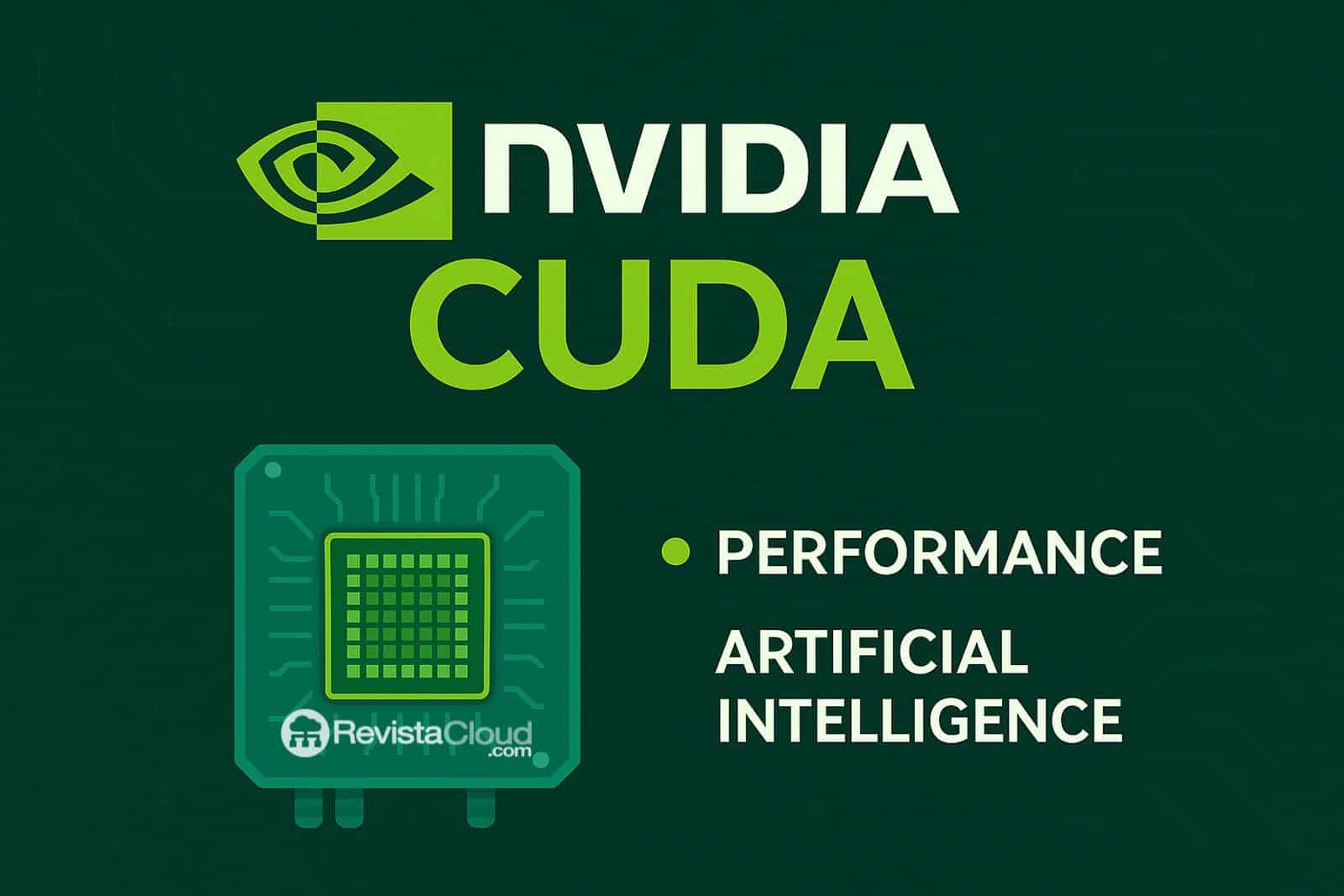At the heart of many compute-intensive workloads that dominate artificial intelligence, machine learning, and modern data centers, lies a technology that has radically transformed data processing: CUDA (Compute Unified Device Architecture), the parallel computing platform and programming model developed by NVIDIA.
What is CUDA?
CUDA is a hardware architecture and software platform that allows the use of NVIDIA’s graphics processing units (GPUs) for general-purpose processing (GPGPU). This means that tasks traditionally performed by the CPU can be accelerated by running multiple threads in parallel on the GPU.
Since its introduction in 2006, CUDA has evolved to become the de facto standard for parallel computing in NVIDIA environments. Its main advantage lies in the ability to leverage thousands of simultaneous processing cores to accelerate algorithms and processes that would otherwise consume significant resources on the CPU.
Architecture and Execution Model
The CUDA execution model is based on the concept of a hierarchy of threads and shared memory:
- Threads: Operations in CUDA are executed across thousands of threads, organized into blocks and grids.
- Memory model: CUDA defines several types of memory (global, shared, constant, local, etc.), allowing for efficient data access management.
- Kernels: These are functions that run on the GPU and are invoked from the host (the CPU), automatically distributing across thousands of threads.
Developers write code in C, C++, or Fortran (with CUDA-specific extensions), compile with nvcc, and deploy optimized kernels that can be executed thousands of times in parallel, with controlled access to memory and synchronization between blocks and threads.
Tools and Libraries
CUDA is not just a programming model; it is a complete ecosystem:
- cuBLAS: optimized linear algebra library.
- cuDNN: for deep learning, used by TensorFlow, PyTorch, and others.
- Thrust: C++ library similar to STL for GPU programming.
- Nsight: profiling and debugging tools.
- CUDA Graphs: to optimize complex execution flows.
Moreover, NVIDIA provides support for languages like Python (via Numba or CuPy), which broadens accessibility for scientific or data science profiles.
Key Applications in Cloud and Data Centers
CUDA has been fundamental in the massive adoption of GPUs in cloud environments such as AWS, Azure, and Google Cloud. Its applications range from the inference and training of AI models to scientific simulations and big data analysis.
In cloud infrastructure, managed GPU services enable scaling deep learning tasks, video analysis, edge inference, or physical simulations with great efficiency, thanks to CUDA.
For example:
- AI and Machine Learning: frameworks like TensorFlow and PyTorch are deeply integrated with CUDA, enabling model training in hours instead of days.
- Video and Graphics: real-time rendering, mass transcoding, and cloud gaming rely on CUDA technologies like NVENC/NVDEC.
- Computational Sciences: CUDA accelerates climate models, molecular dynamics simulations, and genomic data analysis.
Limitations and Challenges
Despite its advantages, CUDA has certain limitations:
- NVIDIA Ecosystem Dependency: code written in CUDA only runs on NVIDIA GPUs.
- Learning Curve: although it has improved with high-level libraries, CUDA programming remains complex for non-technical users.
- Portability: compared to initiatives like OpenCL or SYCL, CUDA is less oriented towards heterogeneous architectures.
Conclusion: CUDA the Unmatched Leader
CUDA has redefined high-performance computing by allowing developers and companies to harness the power of GPUs for tasks traditionally reserved for supercomputers. In an increasingly data-driven world, where parallel processing becomes a necessity, NVIDIA’s technology remains the undisputed leader in the field of accelerated computing.
For cloud architects, data engineers, and systems administrators, understanding and integrating CUDA into their workflows is no longer optional, but a key competency to meet the current demands of massive processing and artificial intelligence in the cloud.

